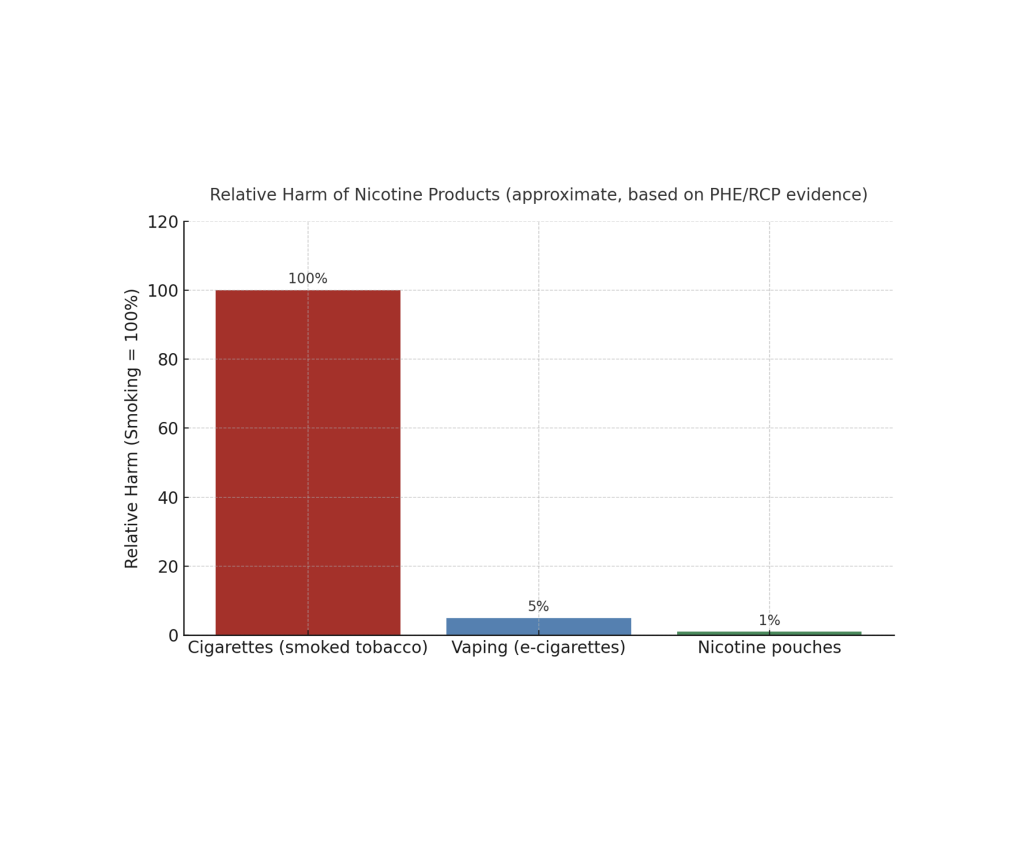Despite decades of aggressive anti-smoking campaigns, strict regulations, and ambitious targets set by the EU and WHO, one in four EU citizens still smokes tobacco. The EU’s goal of drastically reducing smoking rates by 2040 is slipping further out of reach. Every year, 700,000 EU citizens die from smoking-related illnesses, underscoring the urgent need for a more effective strategy. Yet, rather than embracing alternatives that could help smokers quit, policymakers seem increasingly focused on restricting them. With the current trajectory, are the 2040 smoking goals going up in smoke?
The Unmet Goals
Over 700,000 smoking-related deaths per year in the EU is a tragedy—both for individuals and their families, and for society as a whole. The financial burden on healthcare systems and taxpayers is enormous. To combat this, governments have employed a range of tactics. These include steep tax hikes, graphic warning labels, and public education campaigns. Yet, the impact has been minimal at best.
Tobacco accounts for 27% of all cancer cases in the EU, according to Europe’s Europe’s Beating Cancer Plan. The plan emphasizes that eliminating tobacco use could prevent nine out of ten lung cancer cases. The EU aimed to reduce the number of smokers by 30% by 2025 (compared to 2010 levels) and ultimately lower the smoking rate to just 5% by 2040. With 2025 here, the reality is far from the projection.
Lessons from Different Approaches
Countries that have restricted all nicotine products have seen mixed results, while those that have embraced harm-reduction strategies show more promising trends. A comparison between South Africa and New Zealand, highlighted in the Tale of two nations report by SmokeFreeSweden.org, illustrates this contrast vividly.
Both nations aimed to curb tobacco use. South Africa opted for an outright ban on tobacco products, leading to a booming black market that remains active even after restrictions were lifted. Smoking rates have barely budged over the past decade.
New Zealand, on the other hand, took a different approach—steering smokers toward less harmful alternatives such as vaping. In just five years, the country halved its smoking rate, reaching one of the lowest levels in the world. The New Zealand government recognized that while vaping isn’t risk-free, it poses significantly less harm than smoking, making it a pragmatic tool for tobacco harm reduction.
Are We Following the Right Map?
With EU smoking reduction goals slipping out of reach, what should be done? WHO and the EU continue to push for their targets despite disappointing results. Some countries show promising declines, while others have barely moved the needle. Given that smoking remains the leading cause of preventable disease and death, abandoning the fight is not an option. But when a roadmap fails to deliver, it’s time to reassess the route.
Currently, the EU’s strategy seems contradictory. While smoking rates stagnate, authorities are doubling down on restricting alternatives like nicotine pouches and vaping products. Yet, data from Sweden and New Zealand clearly demonstrate that offering accessible and affordable alternatives is key to reducing smoking rates.
Cracking down on these alternatives risks fueling black markets and keeping smoking rates high. If the EU genuinely wants to achieve its 2040 goal, it must look at the success stories and adjust its approach accordingly. Otherwise, a smoke-free EU will remain an aspiration achievable only by a select few countries—like Sweden.





